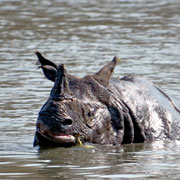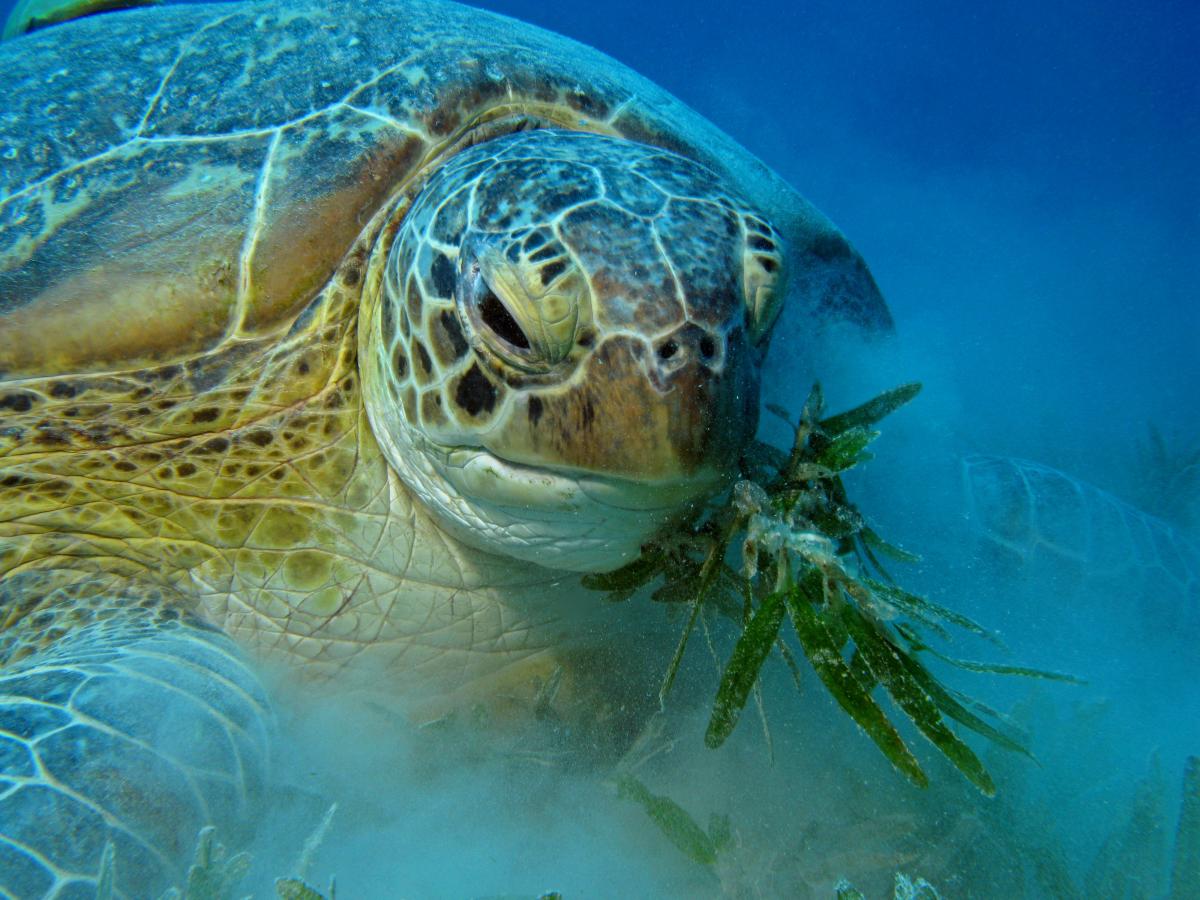Time for closer collaboration on wildlife trade
Doha, Qatar, Thursday 25 March 2010 (IUCN) – It’s time for joint action and for regulatory bodies to work together to ensure the continued survival of species threatened by wildlife trade, says IUCN at the end of the 15th Meeting of the Conference of the Parties (CoP15) to the Convention on International Trade in Endangered Species of Wild Fauna and Flora (CITES), in Doha, Qatar.

Photo: Andrew Gell
“CITES CoP15 has highlighted the challenges facing this convention as one of the many existing agreements for managing commercially important species sustainably,” says Sue Mainka, Head of IUCN’s delegation to CITES. “However, the decisions taken at CoP15 should stimulate further evolution of CITES including development of tools and mechanisms needed to support efforts to achieve sustainable management of natural resources. Those resources are fundamental elements of our economy and people’s livelihoods.”
IUCN provides scientific and technical information to CITES, which offers varying degrees of protection to more than 33,000 species of animals and plants in trade, through a system of regulations, permits and certificates. Species are included in one of three lists, called Appendices.
Trade regulation for bluefin tuna, sharks, polar bears and coral have all been under discussion in Doha. In addition to decisions taken regarding which species would be included within the CITES mandate, decisions were taken regarding implementation of the Convention for species already on CITES Appendices. Enhanced efforts to battle increased poaching and illegal trade in rhinos and to improve the often overlooked trade in turtles, snakes and other reptiles were important success stories from this meeting. Marine species affected by illegal, unmanaged and unreported fishing, such as the humphead wrasse, as well as bycatch, also had a more prominent role in Doha than at previous meetings.
During the conference, IUCN called for a more holistic approach to elephant conservation, urging Parties to rise above divisive issues raised at this meeting in favour of more decisive action on the known problems facing African elephants in many parts of their range including decreasing habitat as a result of the needs of growing human populations and managing human-elephant conflict. How trade in endangered species affects people’s livelihoods has been at the heart of discussions here in Doha.
“CITES wasn’t initially designed to manage commercial marine species,” says Simon Stuart, chair of IUCN’s Species Survival Commission. “However, on a regional level the pressure to list commercially valuable marine species on CITES is growing."
“Now the world is watching to see if regional fisheries management bodies will follow scientific advice and set fishing quotas at sustainable levels, as they have committed to. If they don’t, we can be sure that marine species will be back on the agenda at the next CITES meeting.”
”CoP15 may be viewed by some as economic interests trumping environmental ones. However, it must also be said that Parties chose to discontinue work on economic incentives for CITES,” adds Mainka. “In doing so, they may be overlooking important opportunities in support of conserving species in trade.”
The number of commercially important species on CITES Conference agendas has been steadily increasing and there is no indication that this trend will change. Before the next conference in 2013 in Thailand, CITES has a huge challenge to meet in specifically addressing the key challenges and gaps identified at this conference so that discussions at CoP16 can truly support sustainable trade in all wild species.
Media team:
Nicki Chadwick, Media Relations Officer, m +41 79 528 3486, m +974 795 7554 (Qatar), e nicki.chadwick@iucn.org
Brian Thomson, Media Relations Manager, m +41 79 721 8326, m +974 795 7558 (Qatar), e brian.thomson@iucn.org



